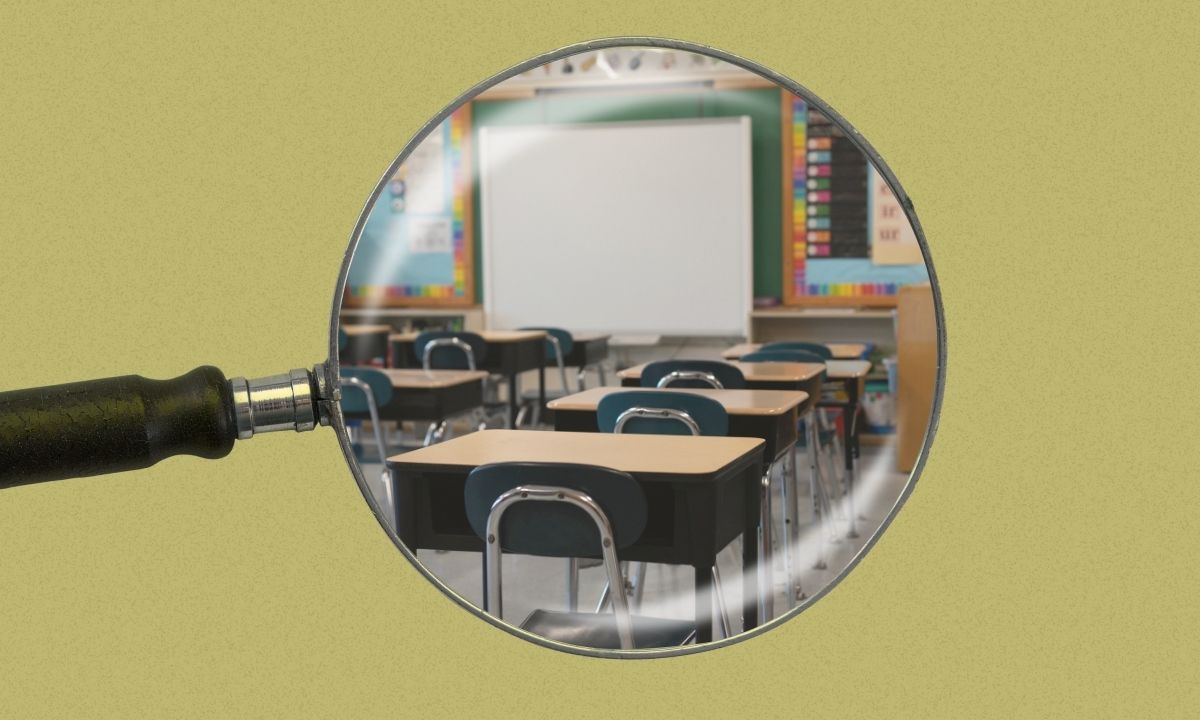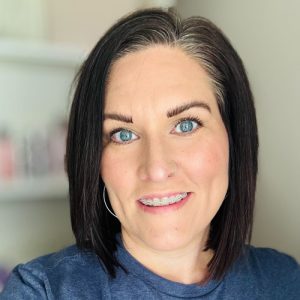Schools Need Evidence-Based Curriculum. Researchers Need Schools to Help
Black: The next generation of evidence-based programs won’t come from ivory towers or glossy marketing decks. They’ll come from classrooms.

Get stories like this delivered straight to your inbox. Sign up for The 74 Newsletter
If I had a dollar for every time a district asked me for research on our program’s efficacy, I could fund a randomized controlled trial by now. While that joke is one only researchers will understand, this is a truth that impacts everyone across the education ecosystem, from publishers to educators, administrators, and students.
Districts are asking the right questions. They want proof before investing tens or hundreds of thousands of dollars in materials, subscriptions, training, and ongoing professional development. And they’re right to demand it. The conversation around literacy has shifted dramatically in recent years. We’ve moved away from a once-universally accepted balanced literacy approach that, frankly, didn’t deliver the results kids needed, toward a science of reading movement that is rooted in decades of research and evidence.
Today, purchasing a curriculum without proven, evidence-based research is essentially taking someone’s word for it — and in a time where literacy outcomes matter more than ever, that’s a gamble no district can afford. The programs districts adopt must prove they actually work for their students — not just sound good in a sales pitch. Evidence is no longer a “nice-to-have.” It’s the foundation for trust and impact.
And that’s fair. In fact, that’s what my whole job is about: building and sharing that evidence. But here’s the tricky part.
The same school systems that request research often lack the capacity to participate in it.
We’re living in the age of evidence-based everything. ESSA tiers. State-approved lists. Instructional audit checklists. Curriculum reviews. The pressure is real, and research has rightfully taken center stage.
But here’s the rub. While districts want the receipts, most don’t have the bandwidth or resources to help create them.
And it’s not because they don’t care. It’s because they’re stretched. Schools are still recovering from pandemic whiplash. Teachers are overloaded. Leaders are managing competing priorities. Just the thought of one more thing can feel like a nonstarter.
So when we invite a district into a formal research study — even a light-lift, no-cost one — we usually hear some version of: We love the idea, but maybe next year.
When districts say “no” to participating in research, the entire field misses out. We lose opportunities to learn, measure, and improve — not just as curriculum publishing companies, but as an industry that’s trying to do right by students.
It can seem like only the “big” curriculum companies end up with robust studies, but even they face the same roadblocks as the newcomers or the niche solutions. Getting real-world classrooms to open their doors for data collection is challenging for everyone. Unfortunately, the current landscape essentially creates a “rich get richer” cycle, where companies with existing evidence appear more attractive. At the same time, newer or evolving programs struggle to gather the data needed to prove their impact — regardless of how effective they might be.
The result? We all end up with a shallow pool of evidence that doesn’t fully reflect what works best for students. And that’s not the kind of ecosystem any of us need.
In my role at Reading Horizons, I’m empathetic to the undeniable challenges across the education system. Administrators, curriculum directors, and educators are juggling more than ever, and participating in a research study can feel like one more ask on a pile of existing asks.
And I don’t blame them. Traditional curriculum research models are often heavy lifts for districts. They require hours of teacher surveys, multiple layers of classroom observations, endless data pulls, and little to no ongoing support from the vendor. It’s no wonder districts hesitate — they simply don’t have the time, capacity, or trust that their effort will be worth it.
The research model needs a seismic shift that’s more of a partnership and less of a researcher-subject relationship — a model that’s built to make research doable and beneficial for everyone involved.
This model should prioritize:
- A single point of contact to guide the process from start to finish
- Quick touchpoints to help define goals and stay aligned
- Light classroom observations that are short, purposeful, and unobtrusive
- One short teacher survey that takes minutes, not hours
- Built-in coaching and check-ins so teachers feel confident and supported throughout
- Custom reports schools can actually use, with data that tells their stories
It’s not just “do this for us.” It’s “let’s do this together.” If we want to raise the bar on curriculum quality, we all must work together — school districts, publishers, and researchers. We need each other to help weed out the ineffective solutions and elevate the proven ones.
So here’s my ask to any superintendents, curriculum directors, principals, or other education leaders out there: Say yes to research.
Not just as a consumer of evidence, but as a co-creator. It’s an opportunity to tell your school’s story clearly and credibly— grounded in student outcomes.
The next generation of evidence-based programs won’t come from ivory towers or glossy marketing decks.
They’ll come from classrooms like yours.
Get stories like these delivered straight to your inbox. Sign up for The 74 Newsletter

;)
